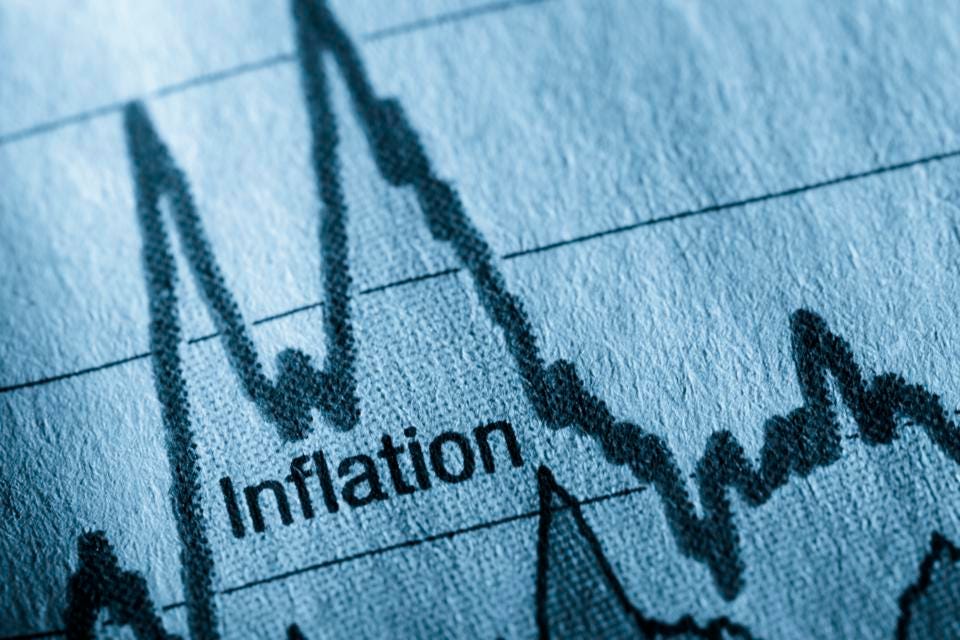Here’s how inflation is affecting small businesses

Since inflation harms the economy, the Federal Reserve
targets an inflation rate of 2% annually. When inflation is excessively high,
it causes financial hardship for both businesses and consumers.
Businesses have struggled to manage the rising
expenses of inflation ever since the pandemic started. Covid-19 merely
accelerated the inescapable—ongoing supply chain problems made it more
difficult to access products, which increased the cost of goods.
According to a survey conducted by the National
Federation of Independent Business, the percentage of small
businesses citing inflation as their top operational issue has risen to
its highest level since 1979.
Since inflation is a constant in the economy, small
business owners must be ready for it.
The gradual rise in product and service prices over a
predetermined length of time is referred to as inflation. Consumers start
making fewer purchases as the cost of goods and services rises.
Although many individuals view inflation negatively,
it is a constant. If you had $100,000 in savings in 2002, for instance, it
wouldn't buy you nearly as much in 2022.
The number of small business owners who cited
inflation as their top issue with running their company rose from 36% in June
to 37% in the third quarter of this year, which is the largest percentage since
the fourth quarter of 1979.
The NFIB's Small Business Optimism Index increased
overall to 89.9, which is now six months in a row below the 48-year average of
98. The result was somewhat higher than June's reading of 89.5 and beyond predictions
for a reading of 89, according to Investopedia.
From June's historically low level to a net negative
52%, owners' expectations for improved business circumstances over the
following six months grew by nine points. From January to June of this year,
market conditions were expected to improve less and less each month.
Supply chain disruptions reportedly had a substantial
impact on businesses, according to 32% of owners. 23% and 36%, respectively,
have light and moderate impacts. Only 9% of respondents said recent supply
chain problems had no impact.
Owners who reported reduced profits reported a rise in
material costs 40% of the time, weaker sales 17% of the time, labor costs 10%
of the time, and higher taxes and regulatory costs 2% of the time.
Prices on almost everything have increased over the
previous few months. In June, consumer prices increased 9.1% year over year
while wholesale prices increased 11.3%.
In a Goldman poll, around 75% of small business owners
claimed that inflation had a detrimental effect on the health of their
enterprise. Of those, 62% raised wages in line with inflation to keep workers,
while 43% looked for new suppliers or vendors to save expenses.
They also had to charge their consumers hefty prices.
With 53% of small business owners raising prices by less than 10%, they must
balance keeping consumers while managing their own rising costs.
In the United States, there are more than 20 million
small businesses, which collectively employ more than 60 million people, or
approximately half of the labor force, and drive more than 40% of the nation's
economic activity. According to Caleb Silver, Editor-in-Chief of Investopedia,
small businesses would be among the first to reduce spending and personnel if
business optimism continues to dwindle.


Be the first to comment!
You must login to comment